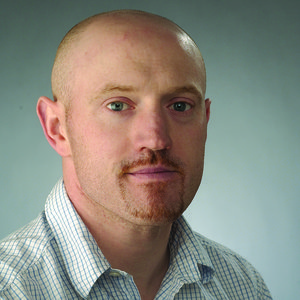Traugott Professor of Mechanical and Aerospace Engineering Bing Dong to Present at Prestigious AI Conference
Professor Bing Dong was recently selected to lead a workshop on artificial intelligence (AI) at NeurIPS, the Conference and Workshop on Neural Information Processing Systems. Founded in 1987, NeurIPS is one of the most prestigious annual conferences dedicated to machine learning and AI research. Dong’s workshop…


